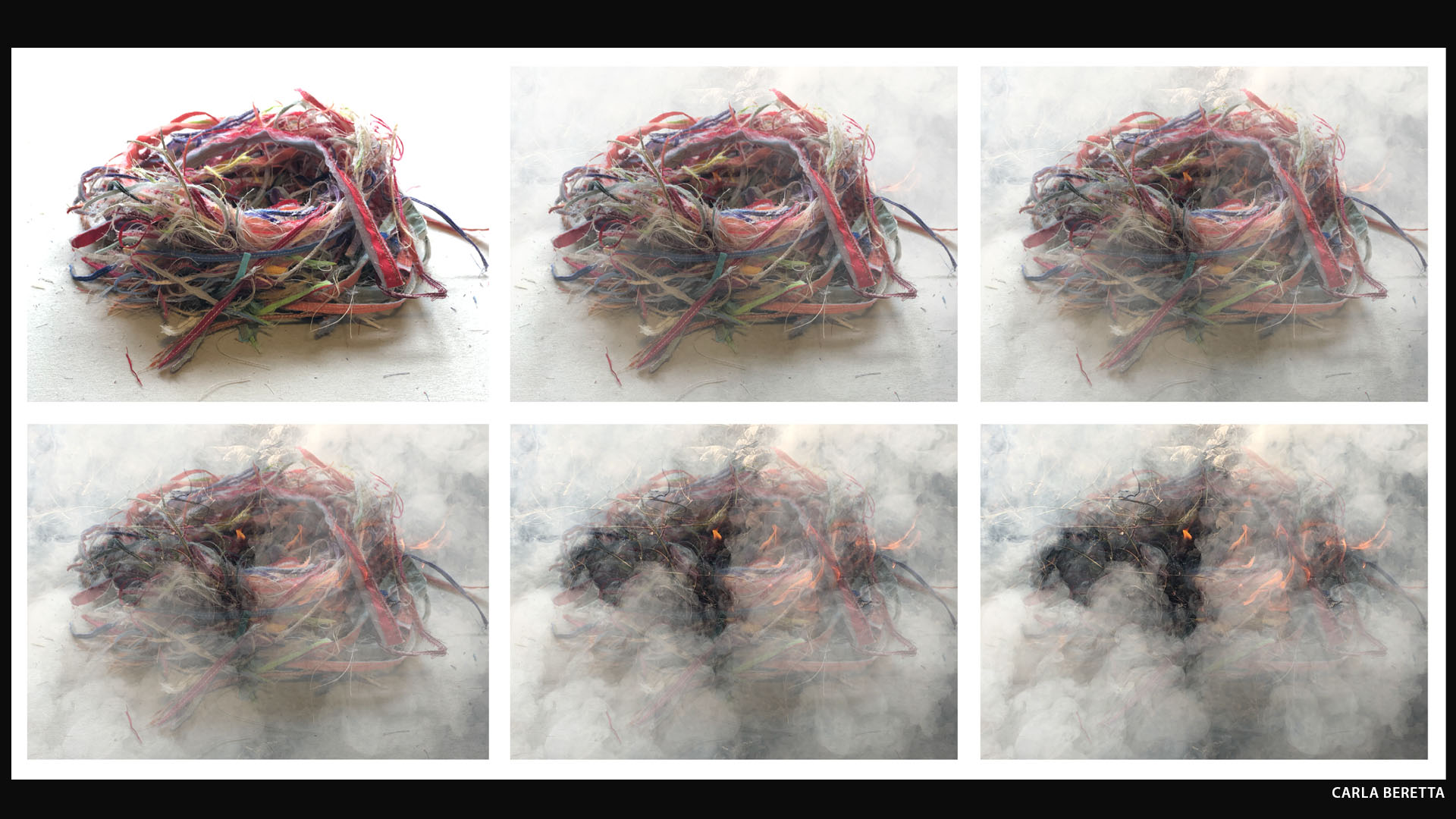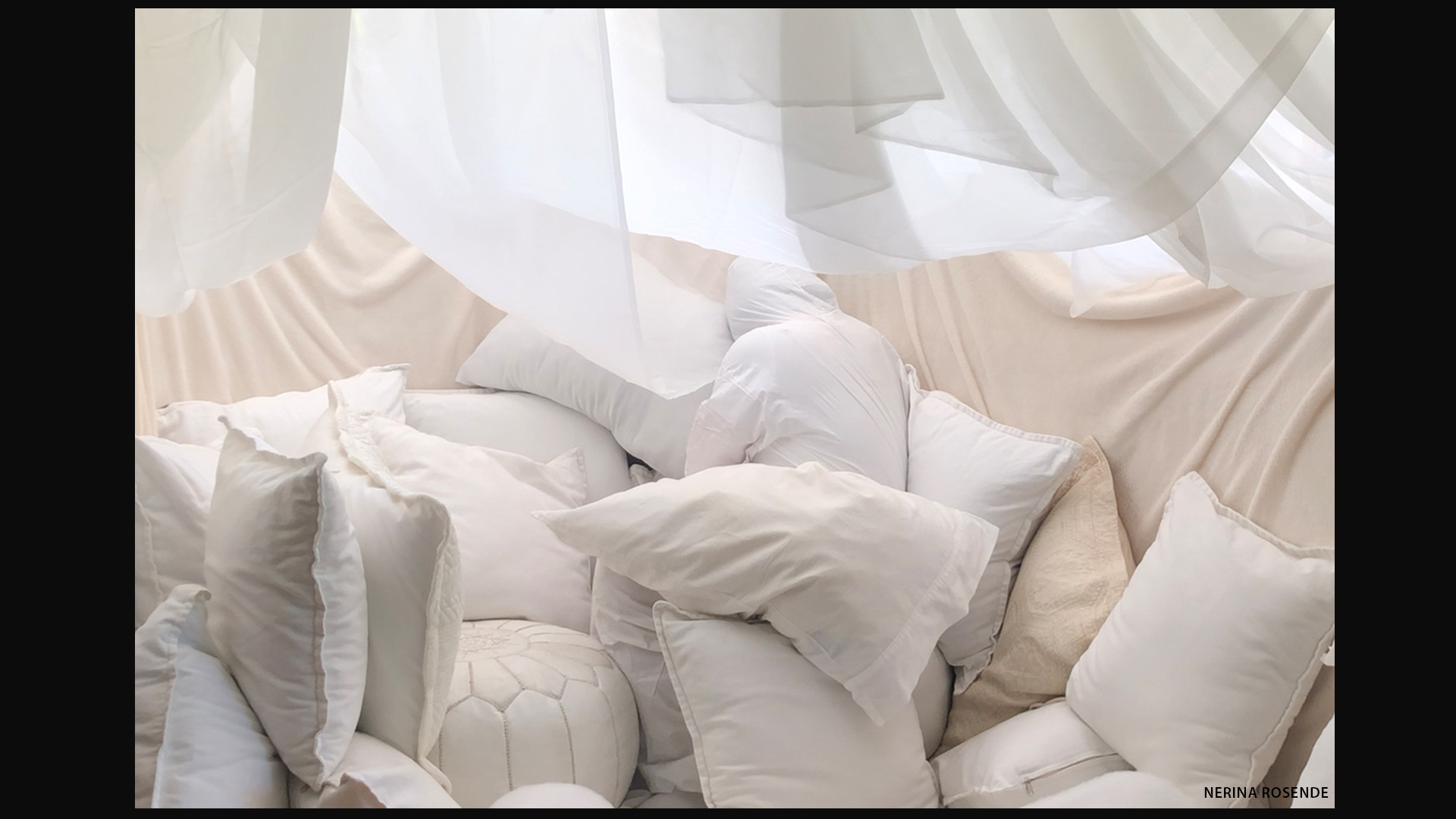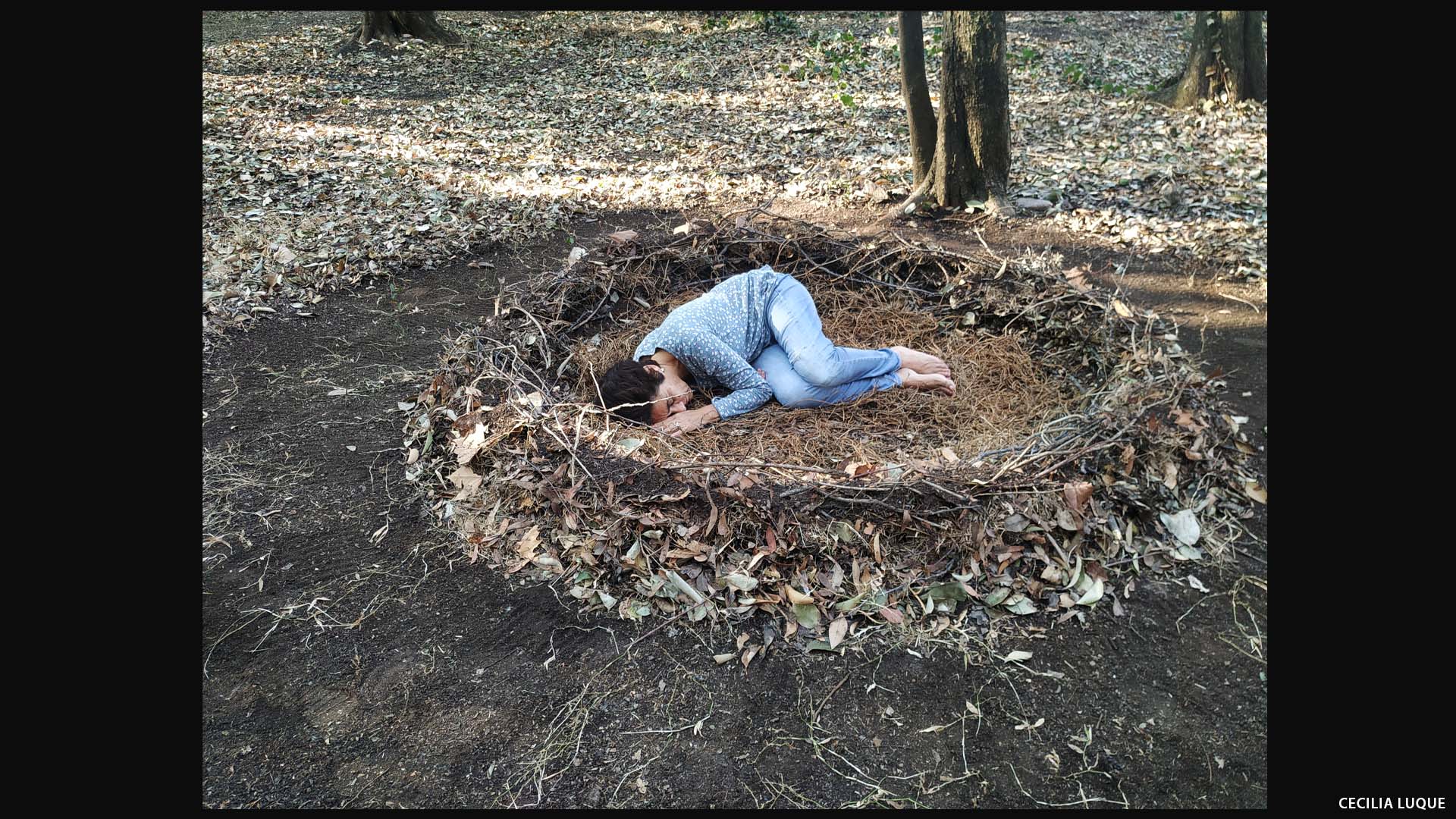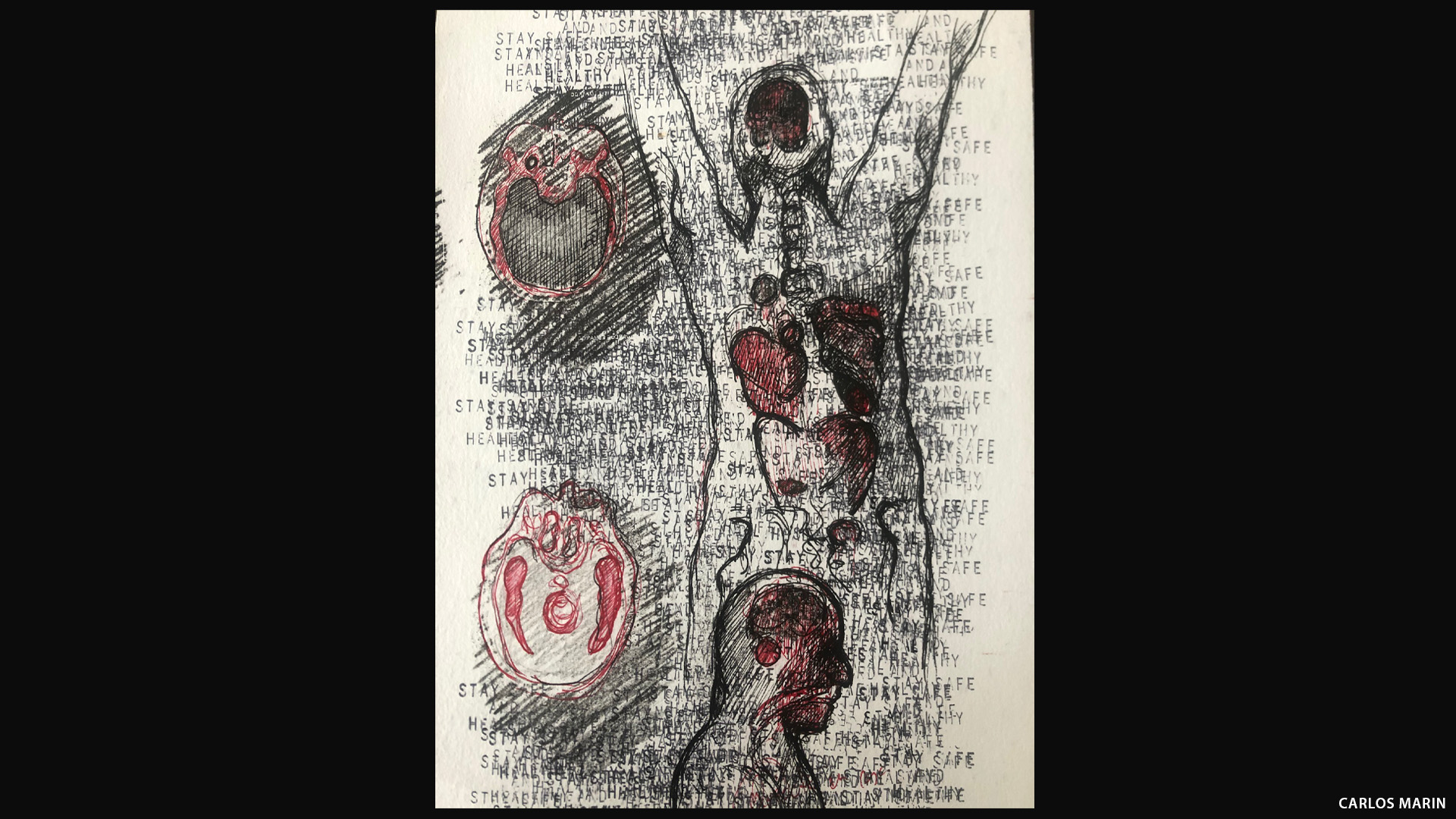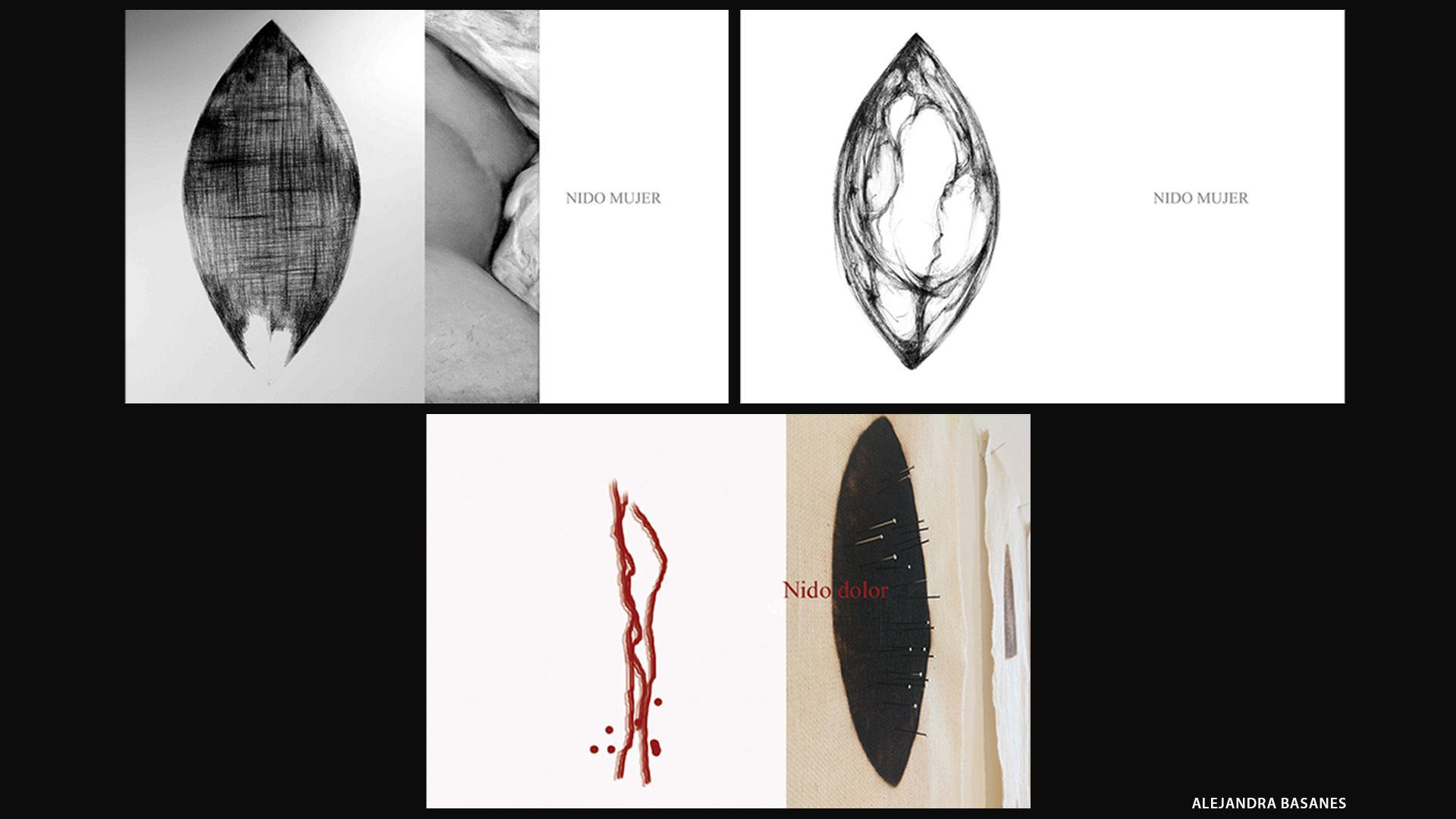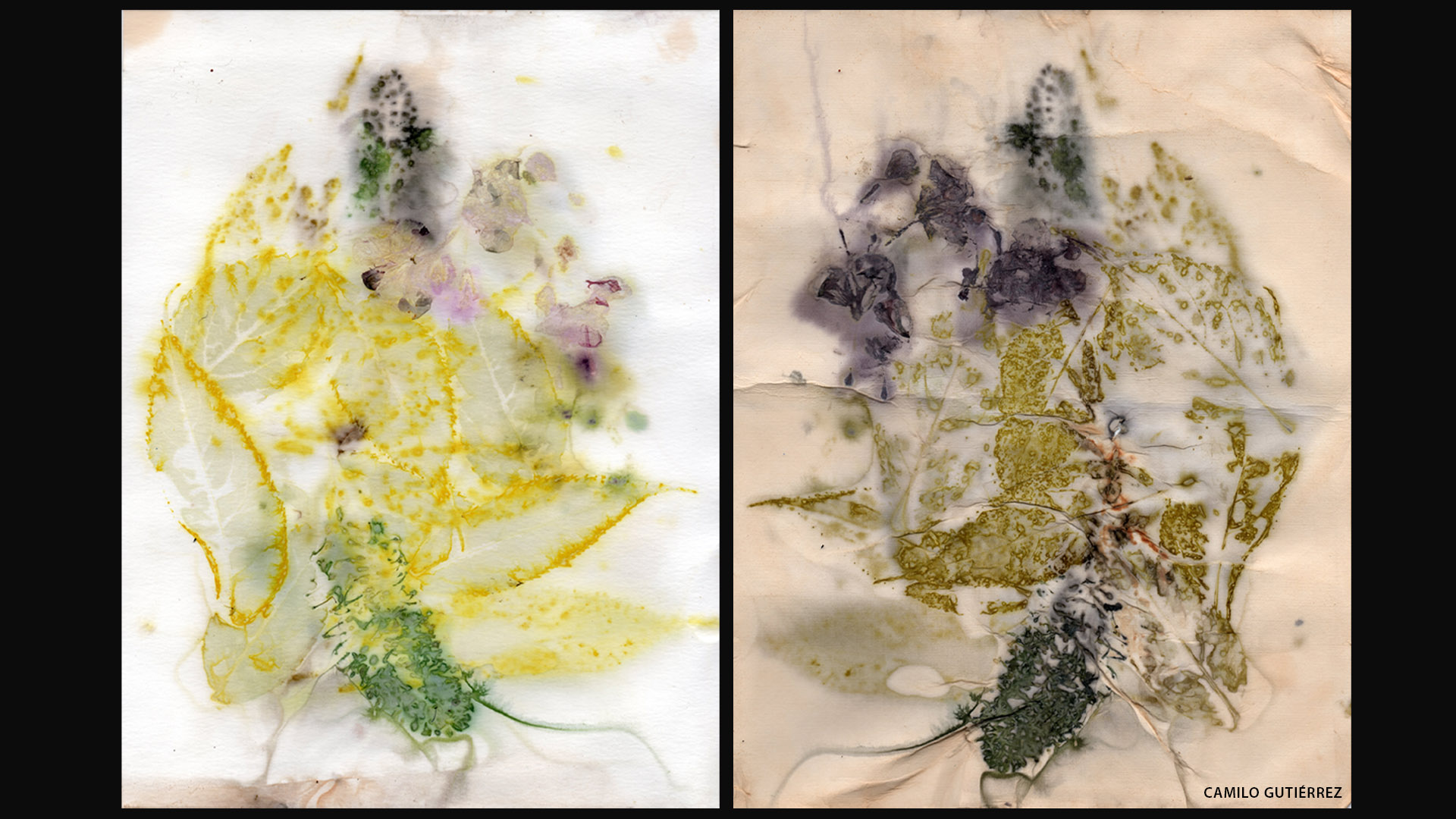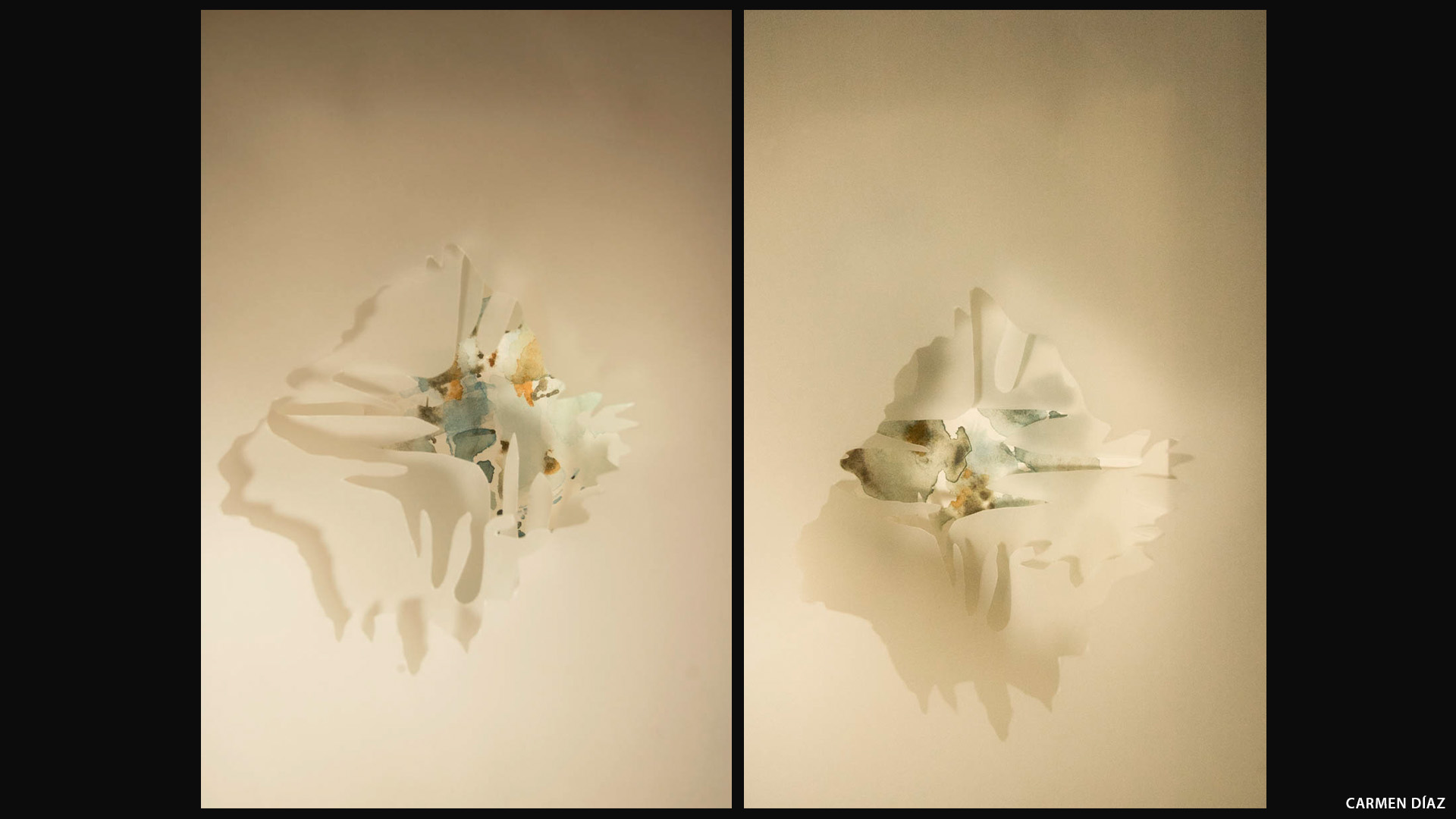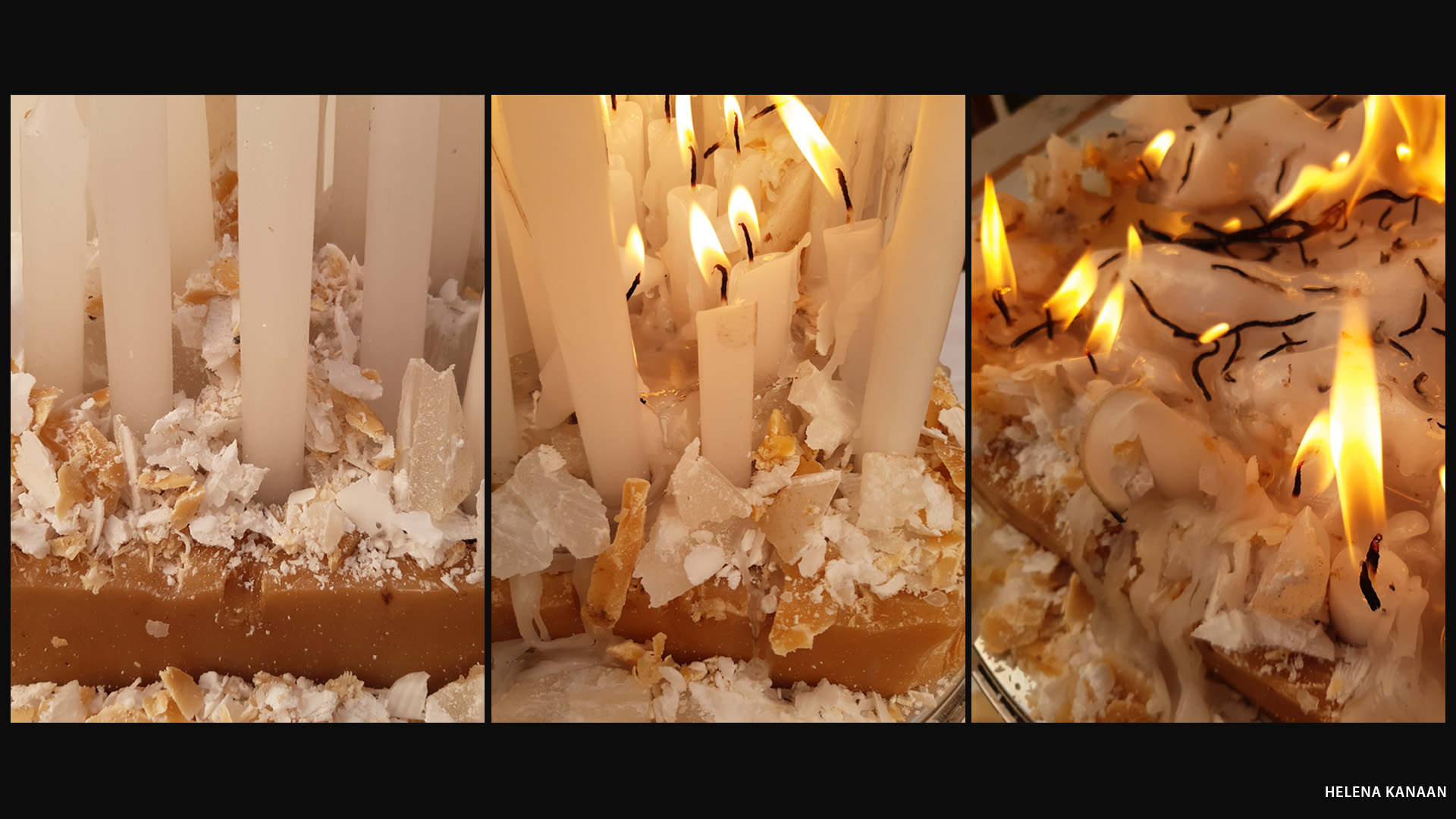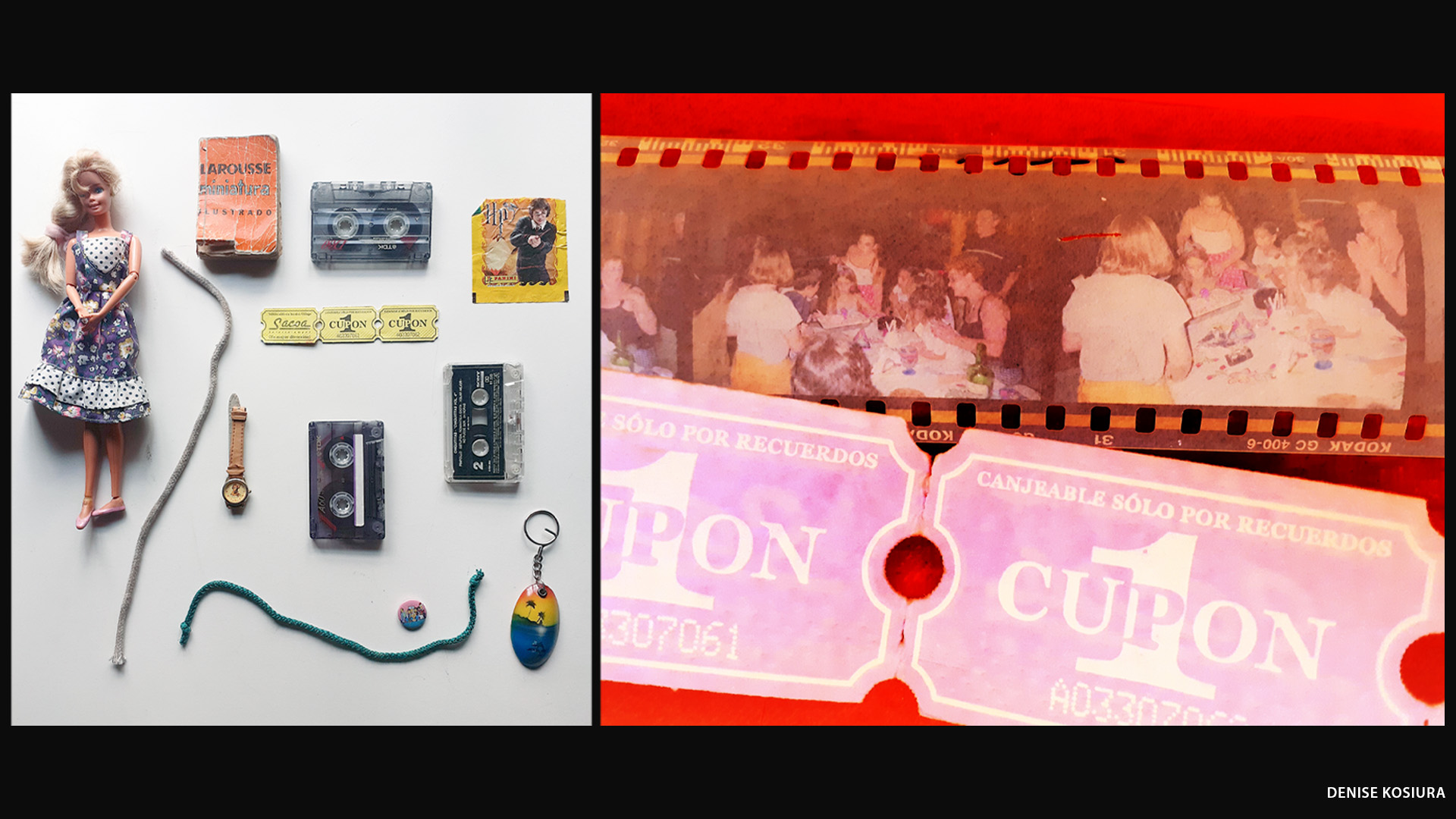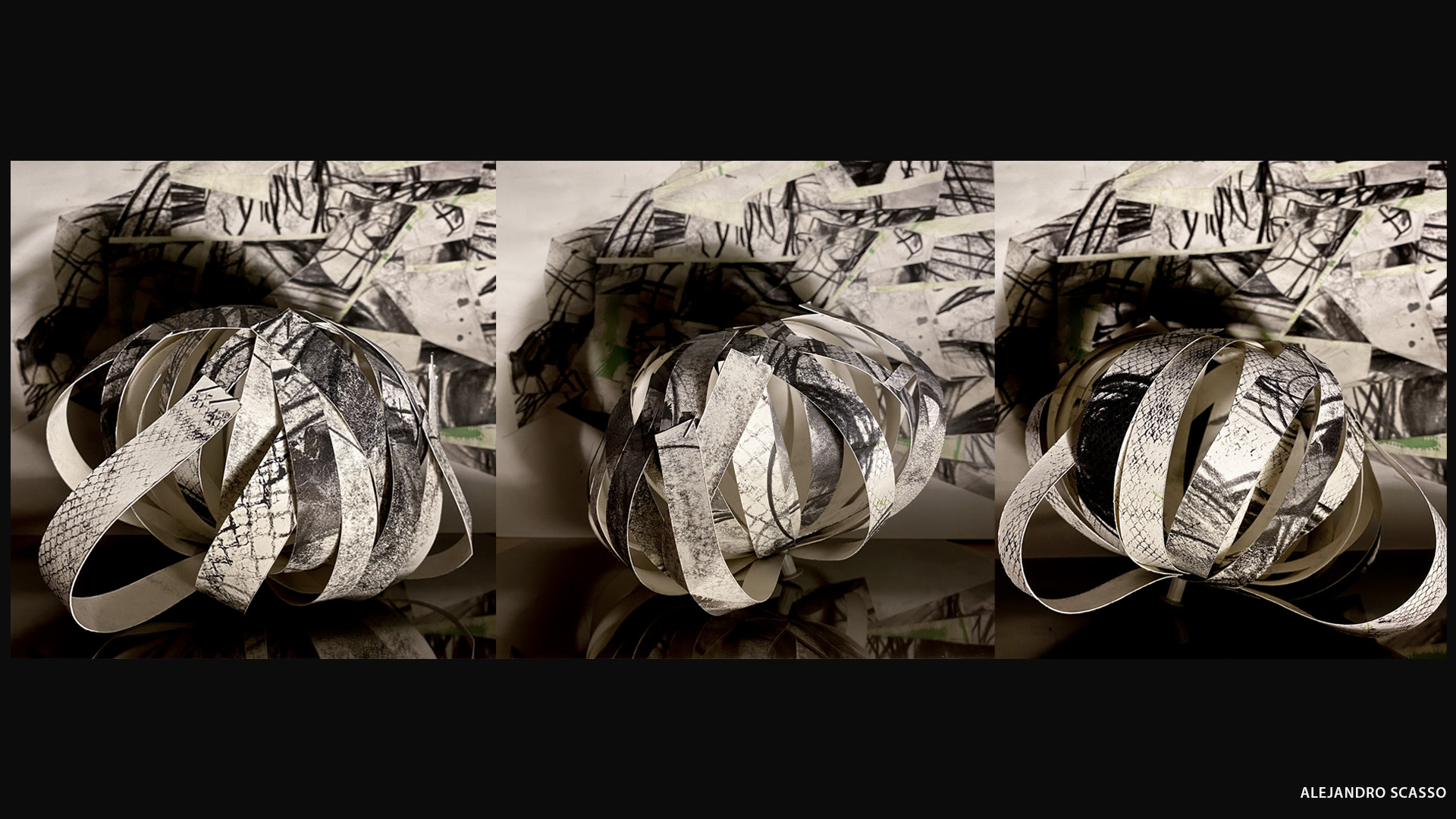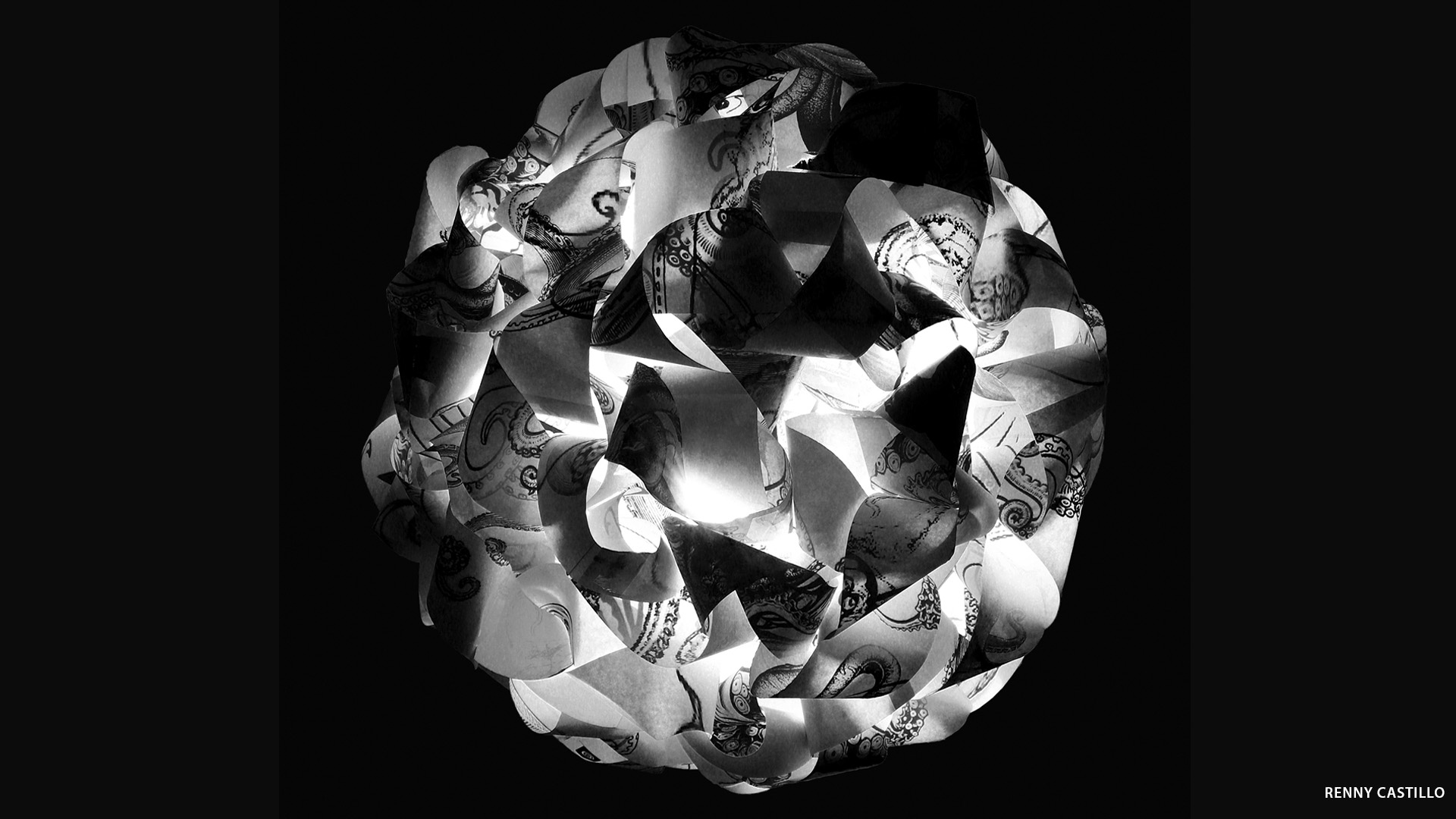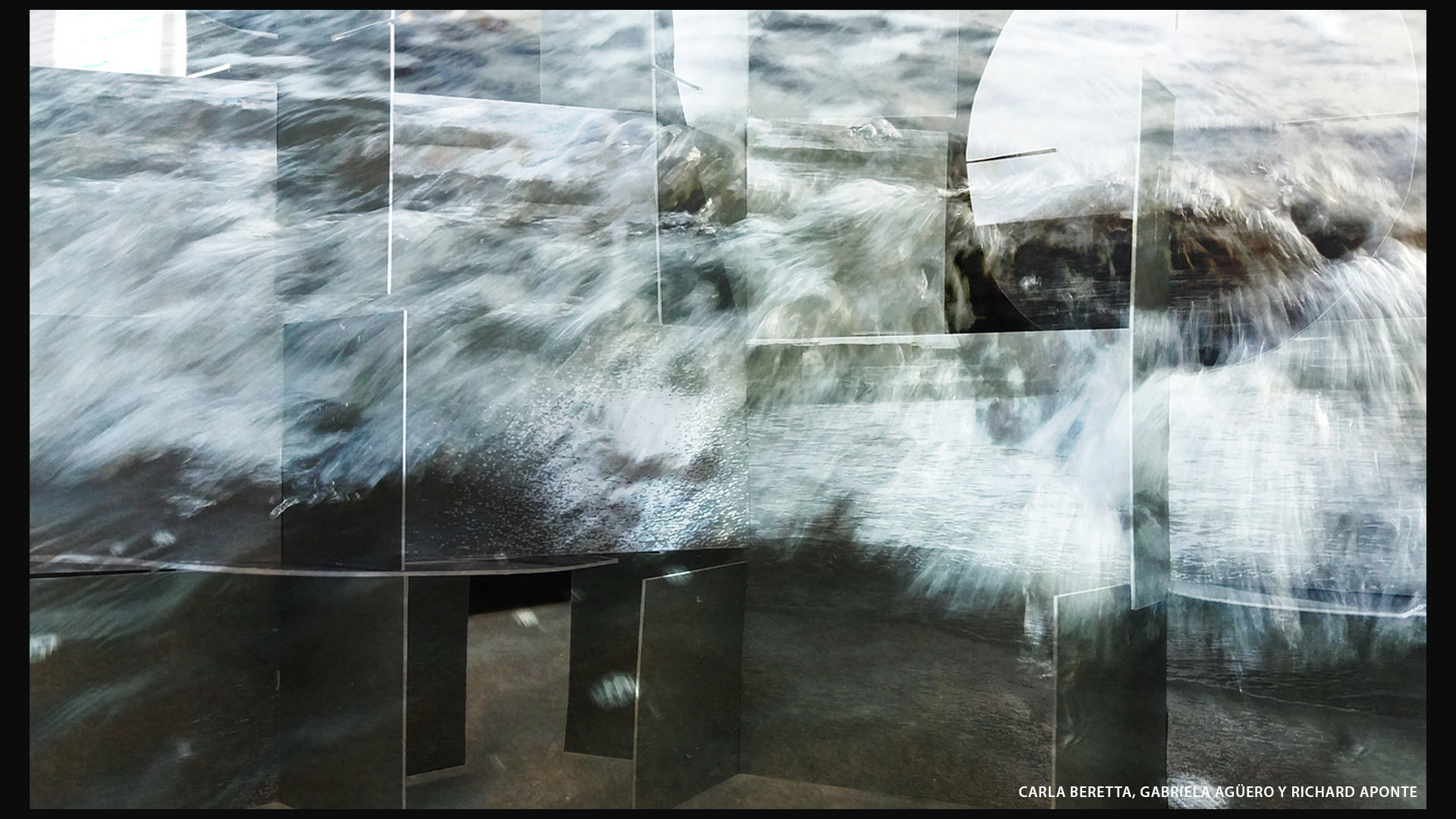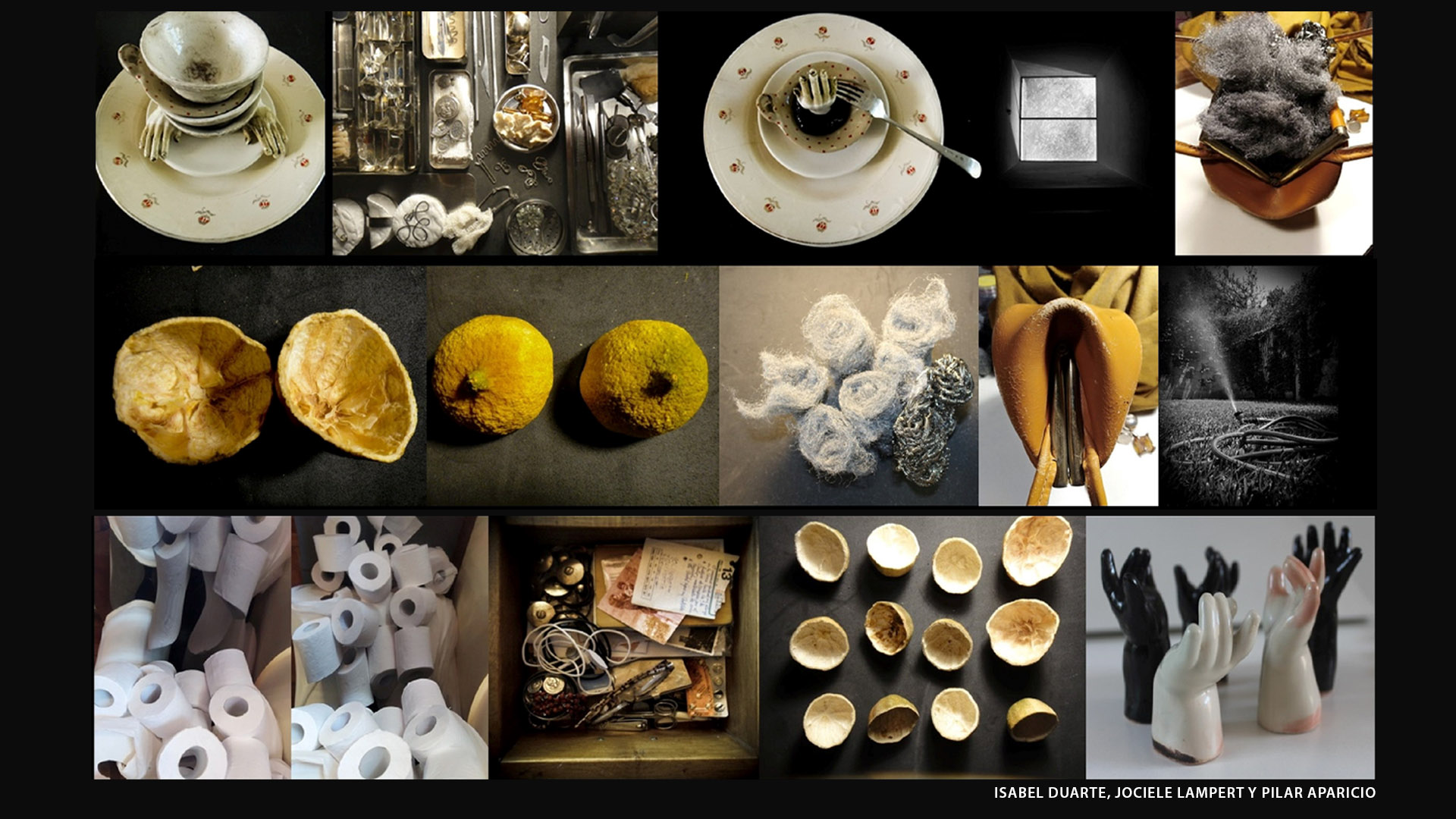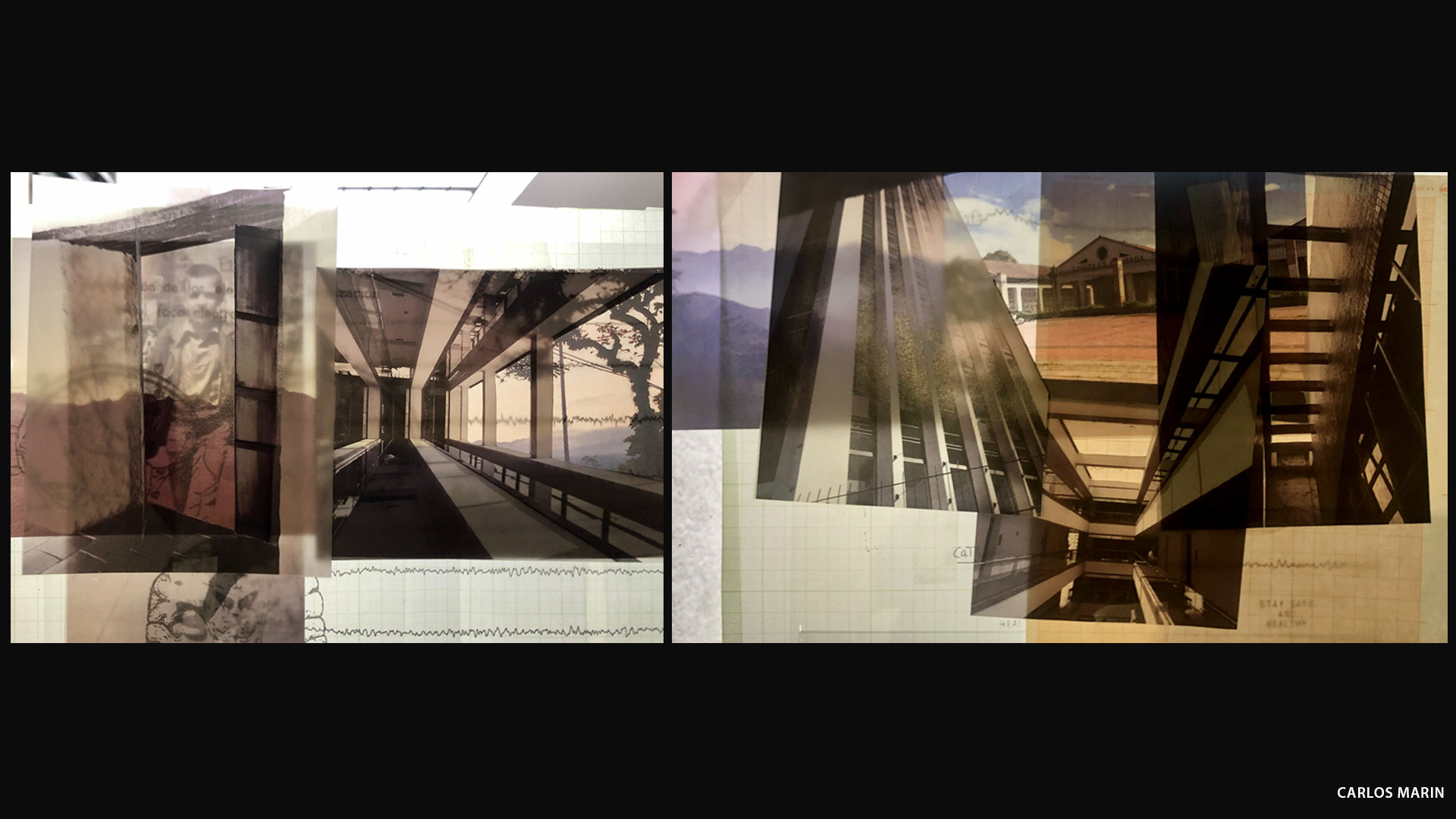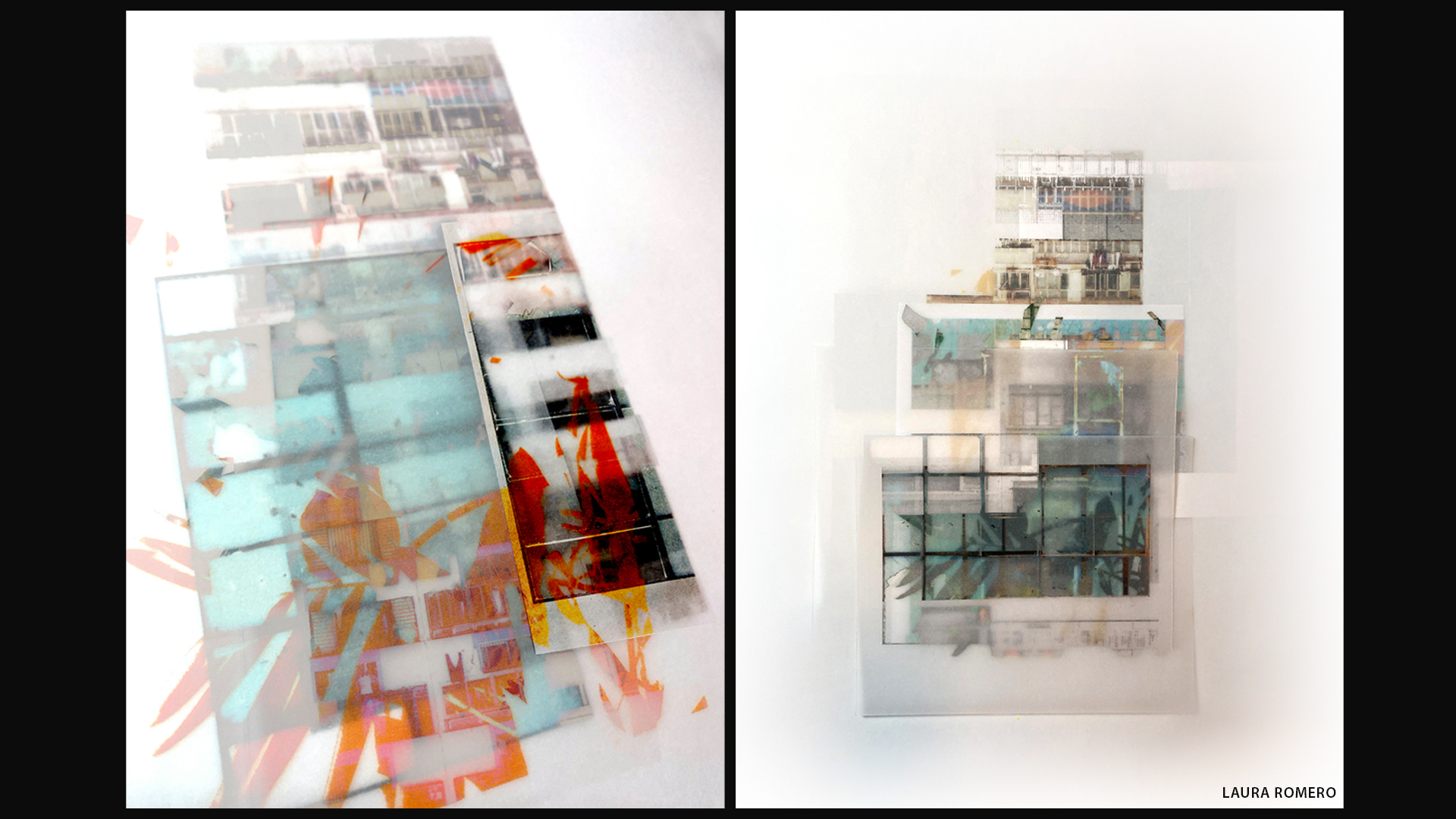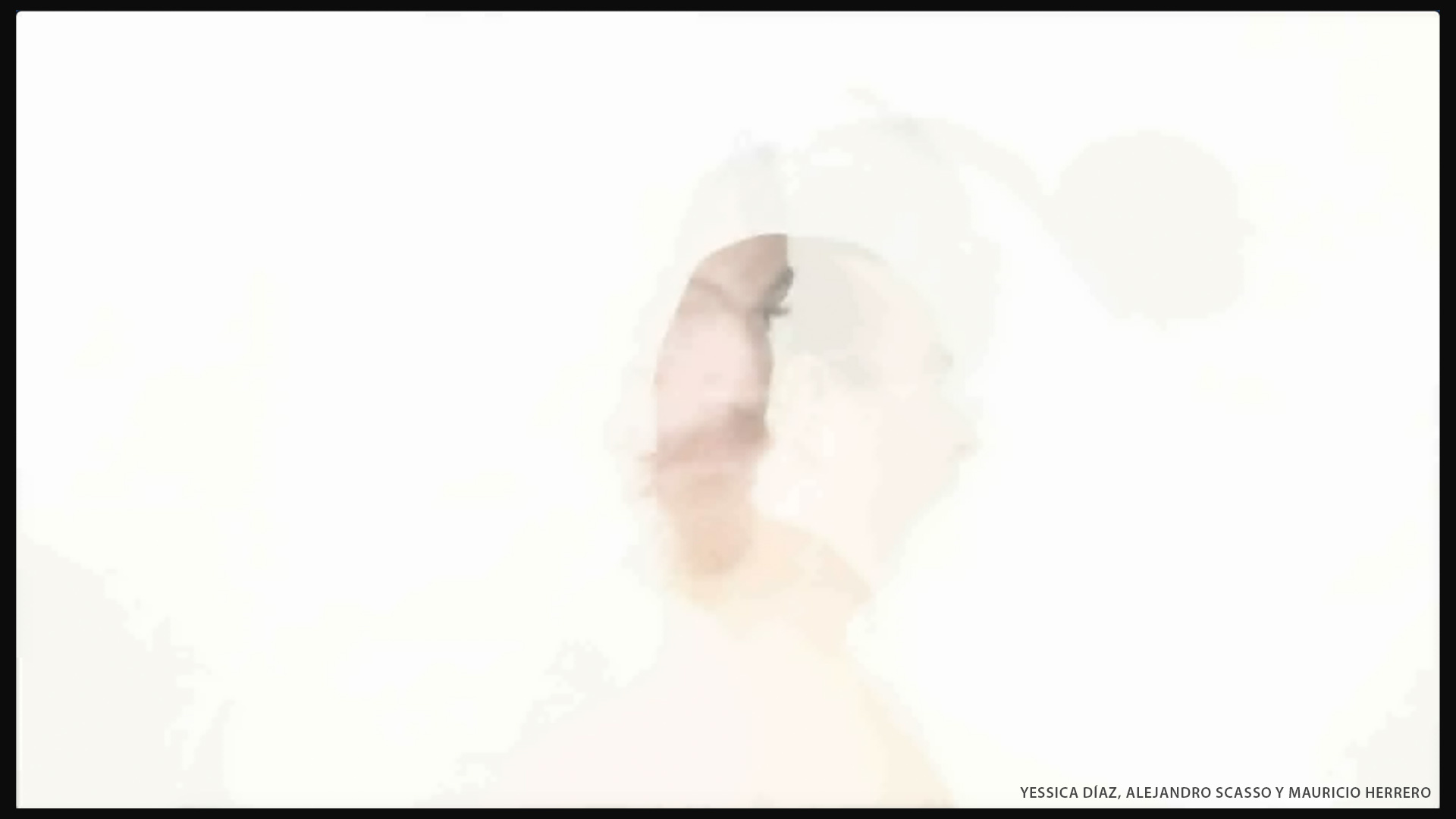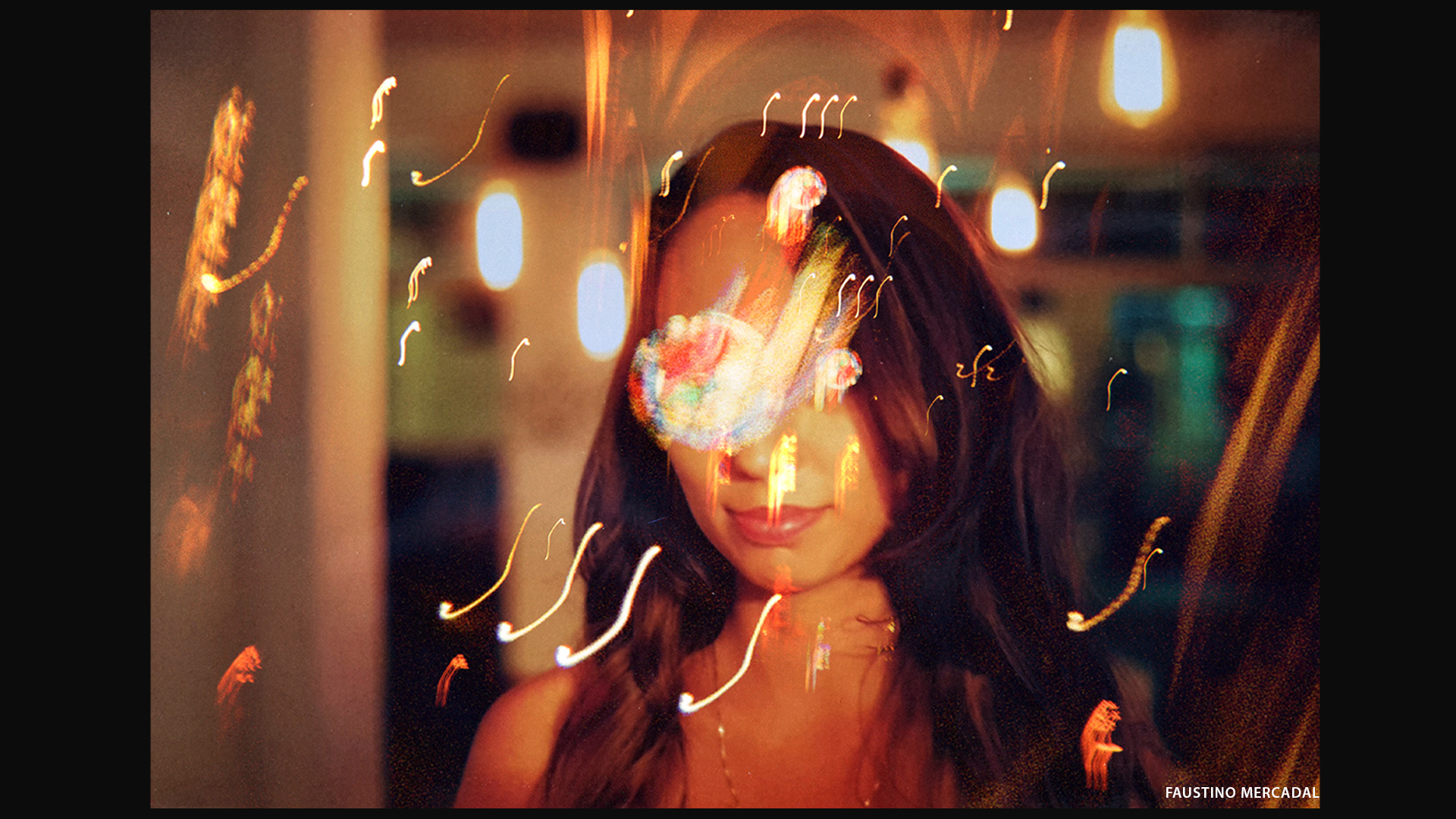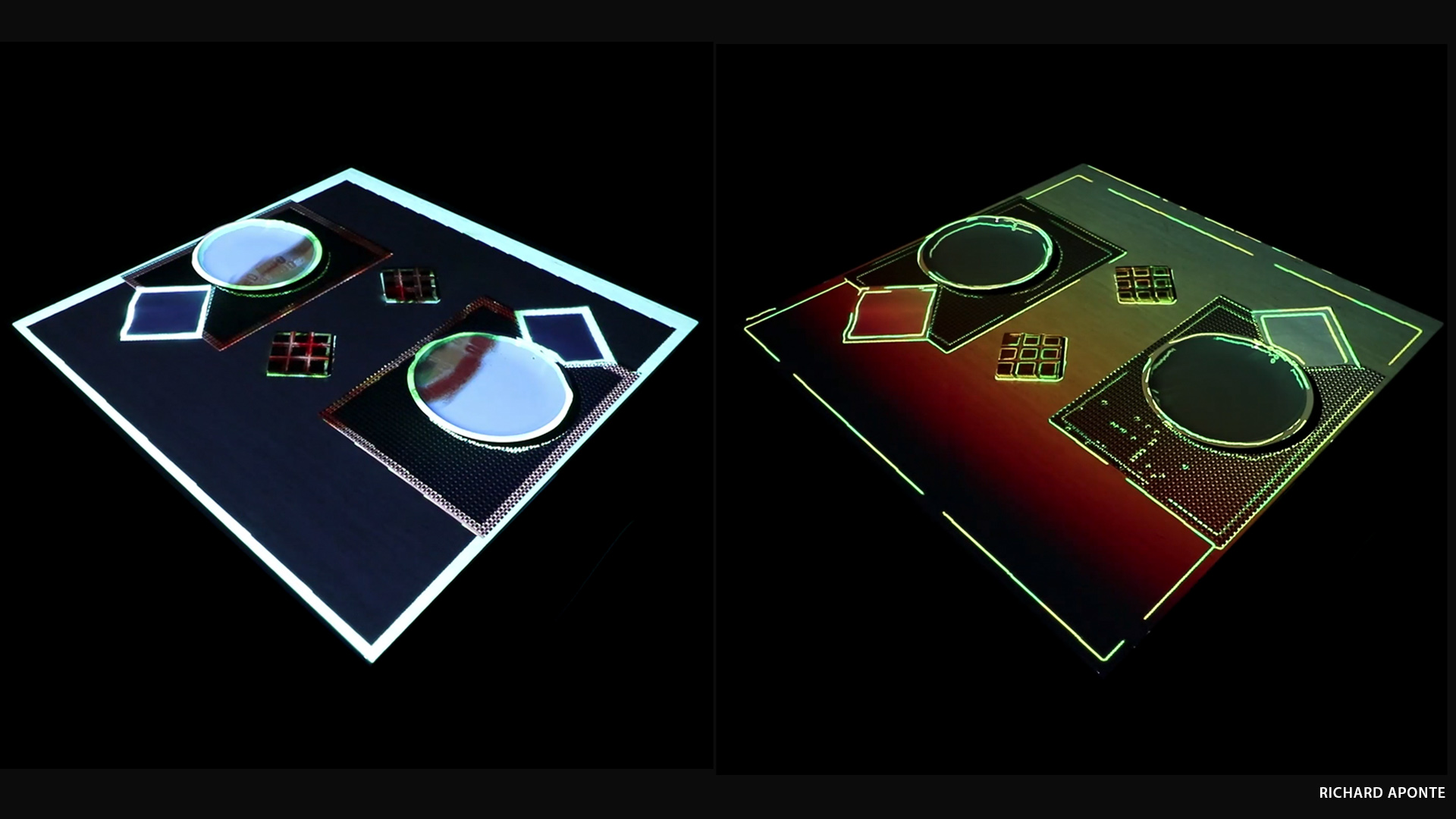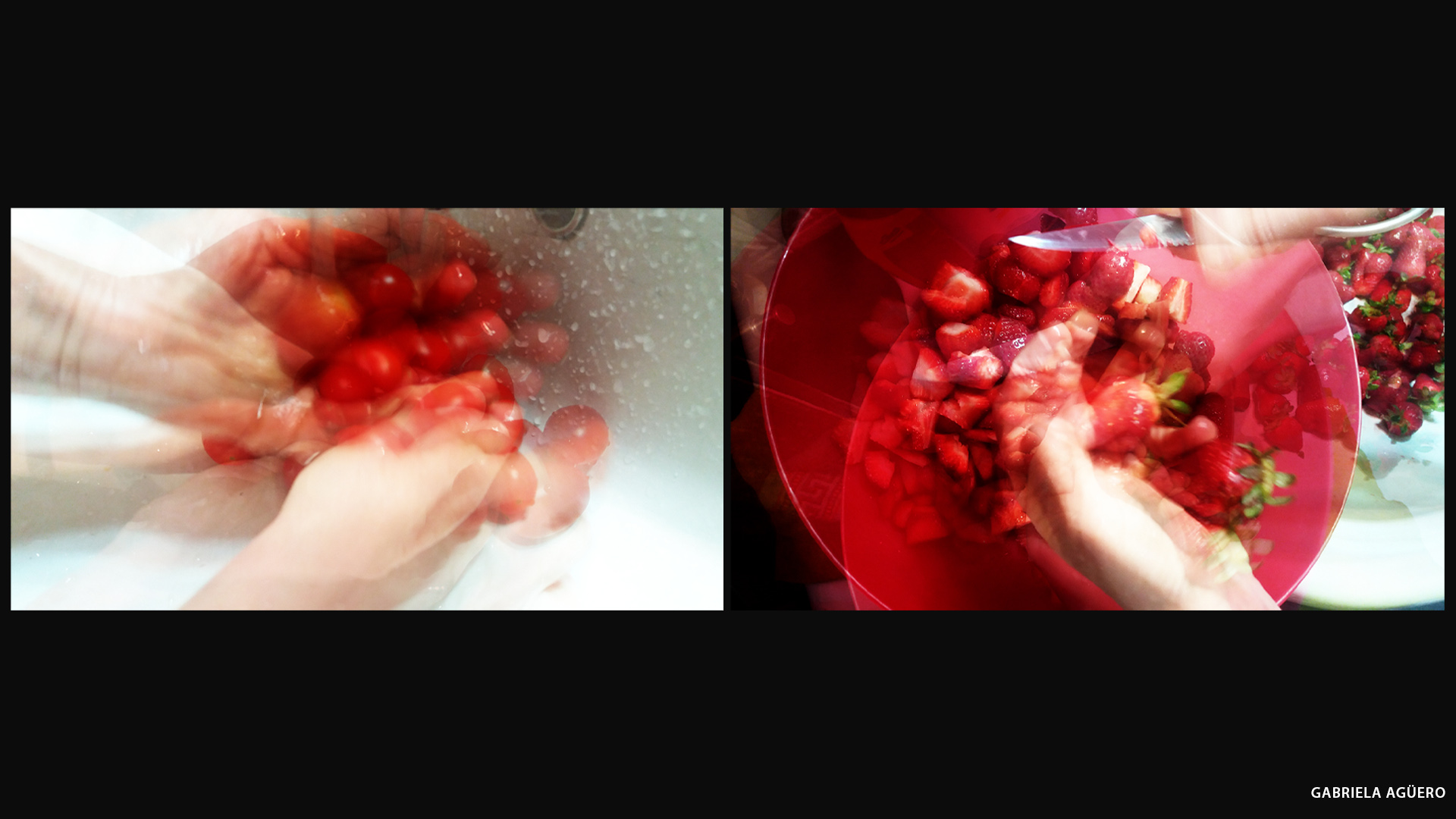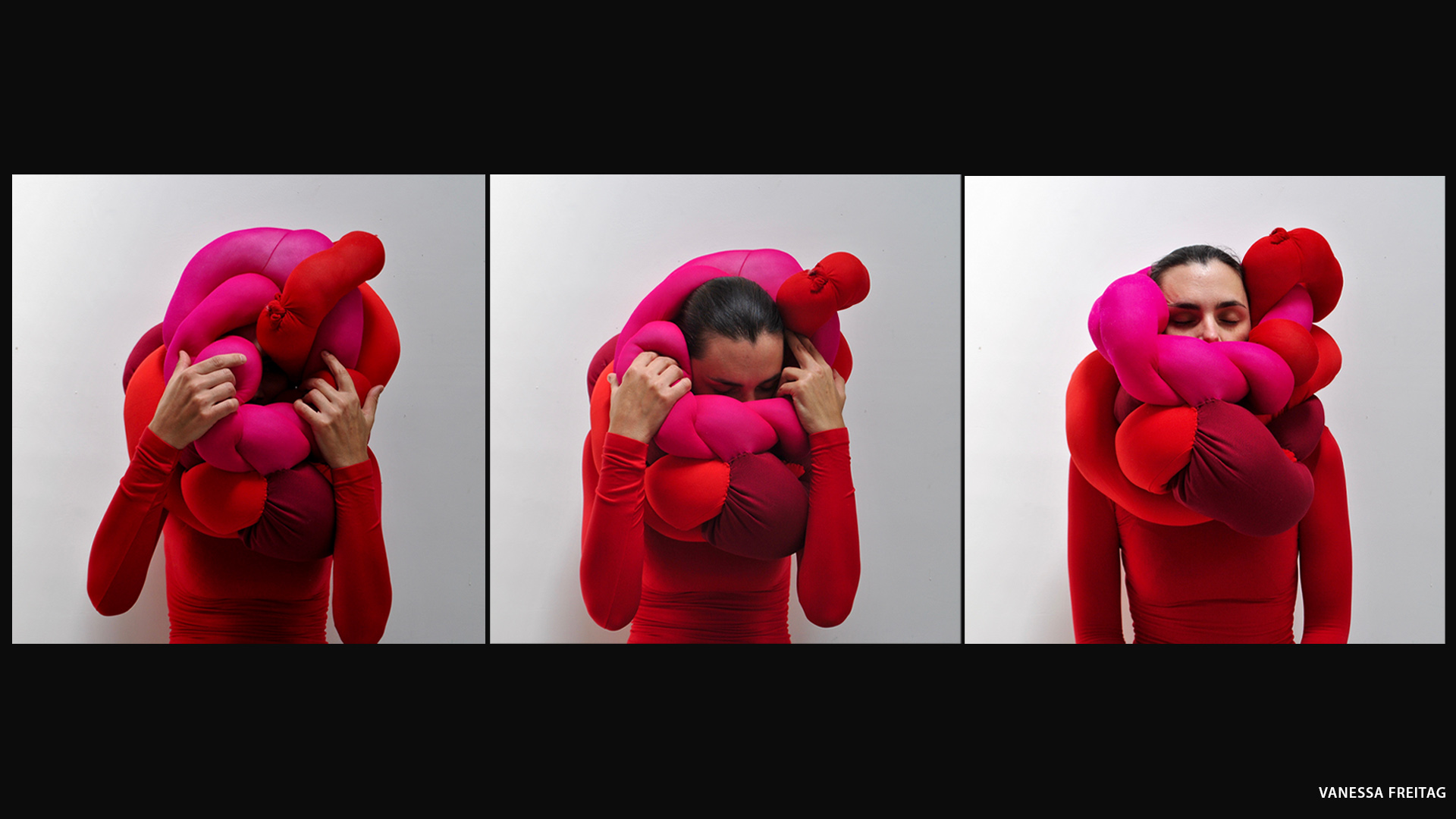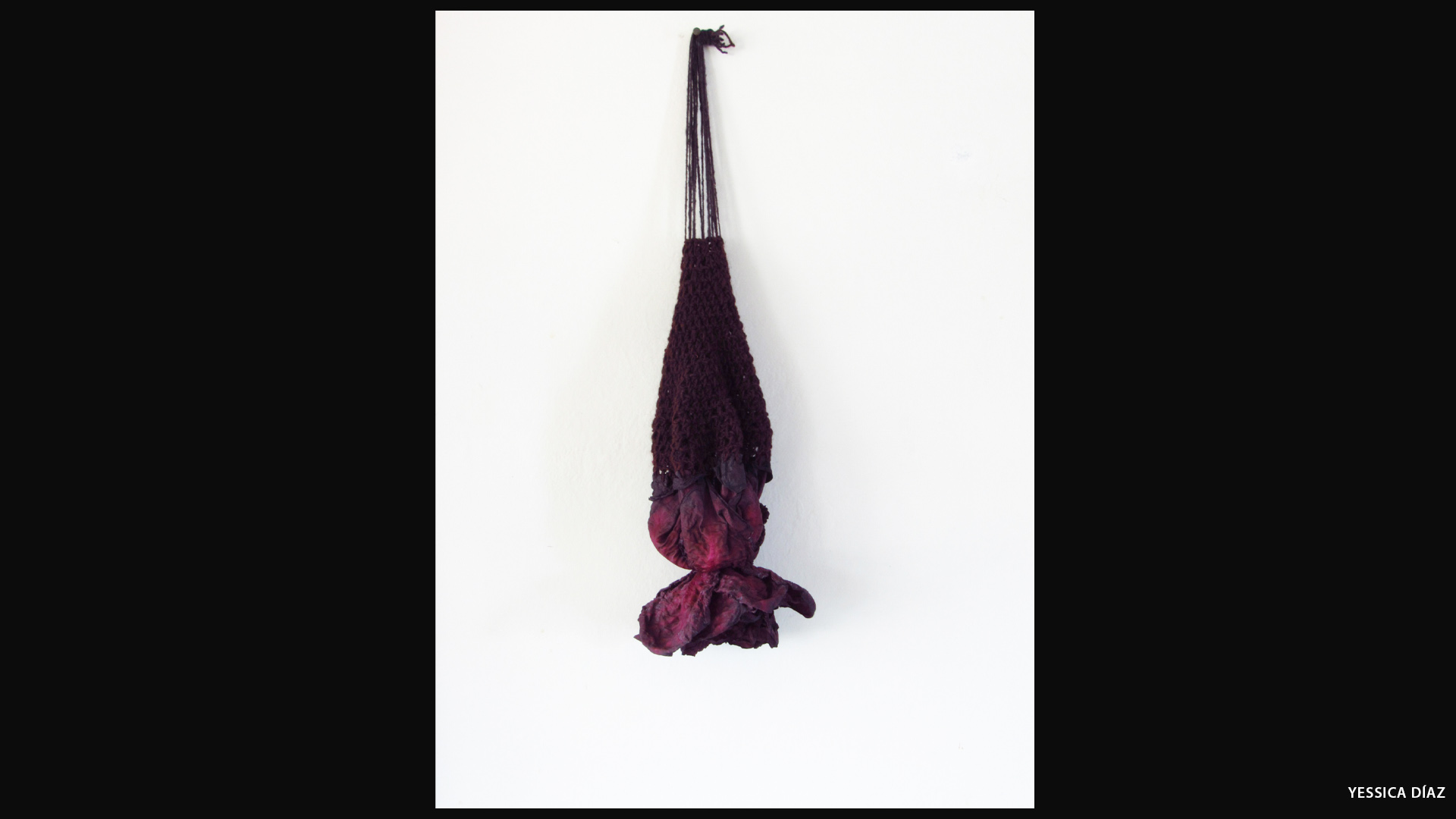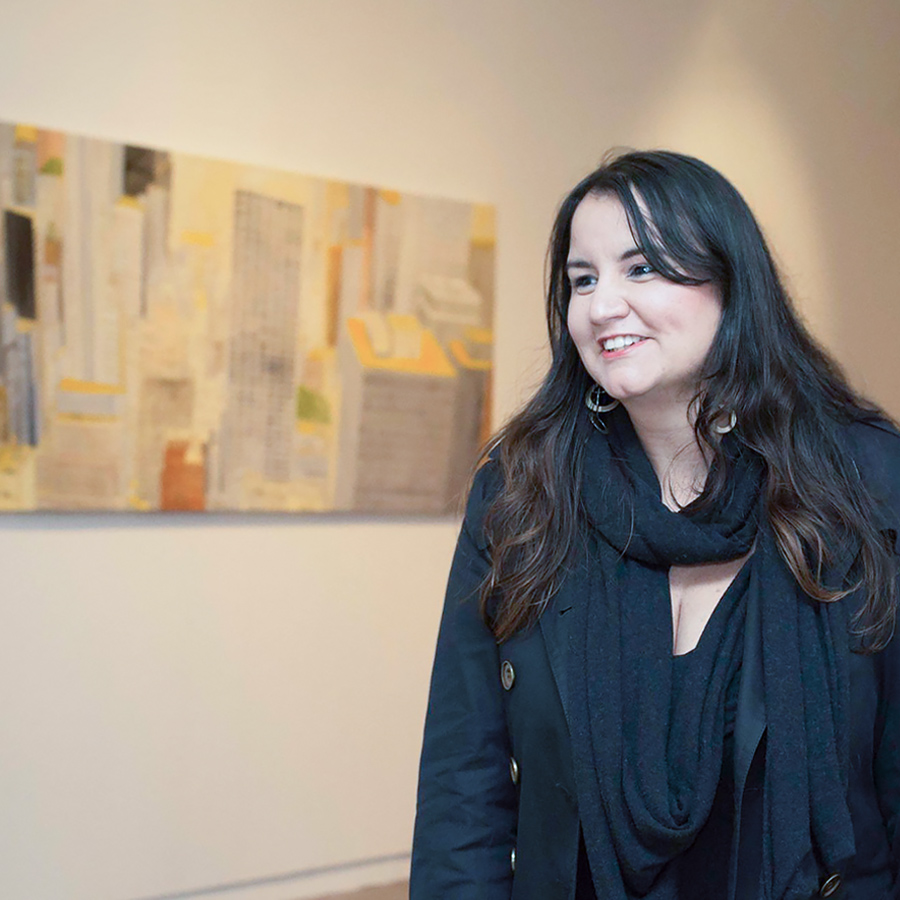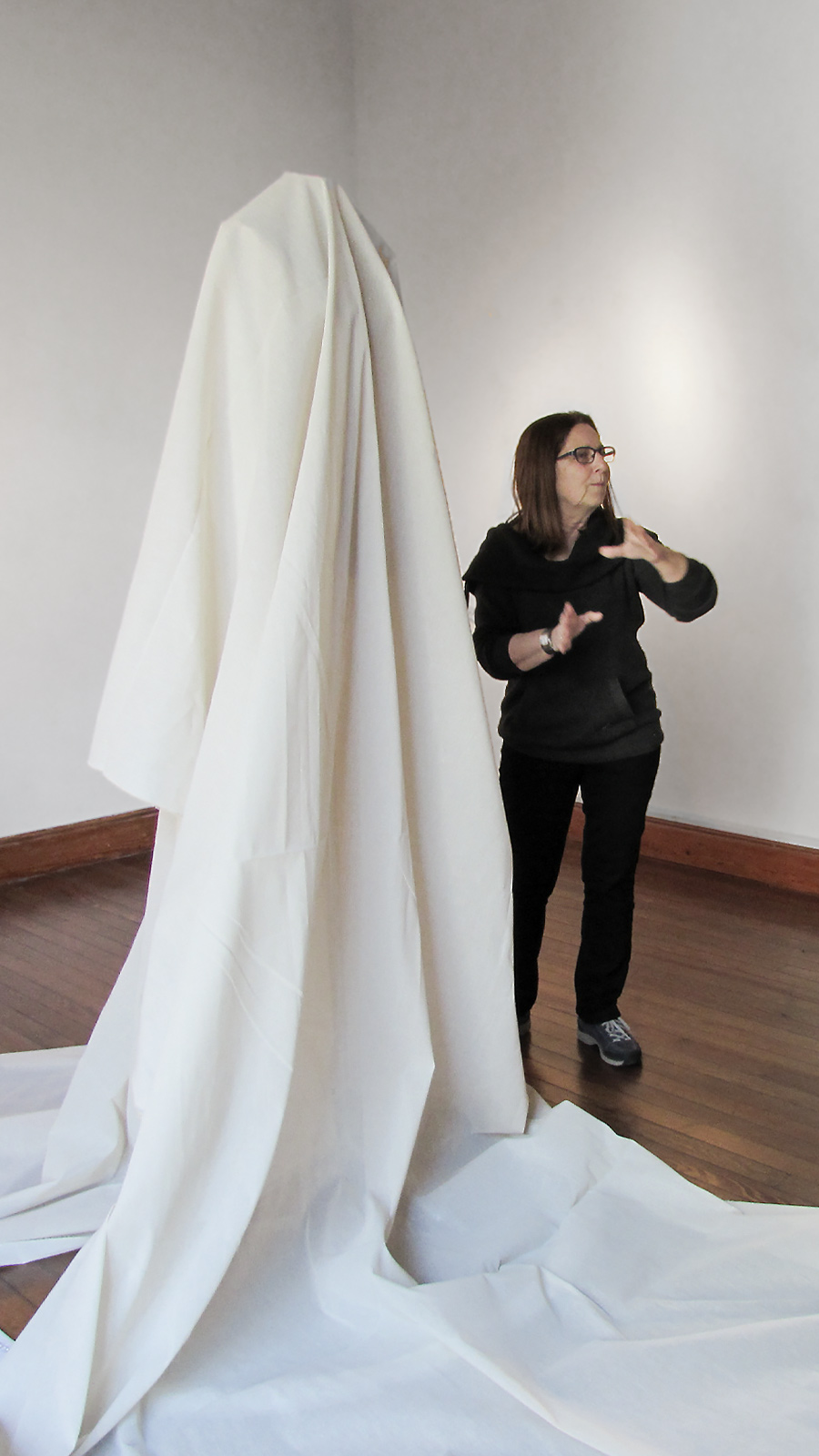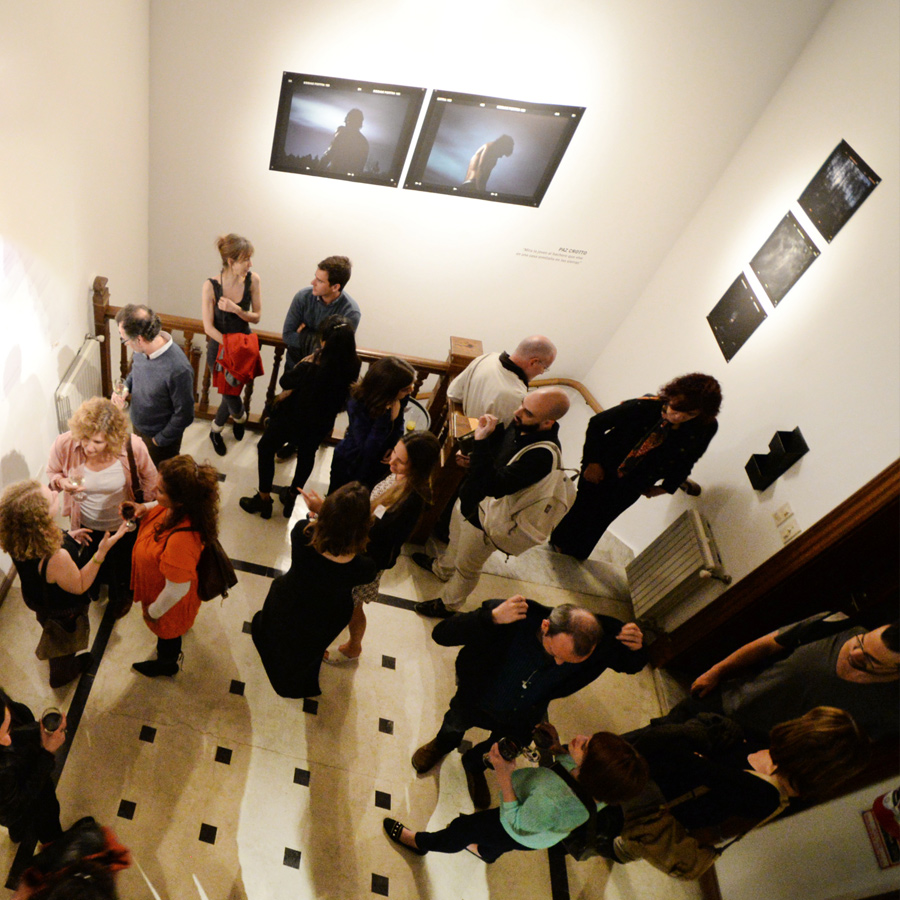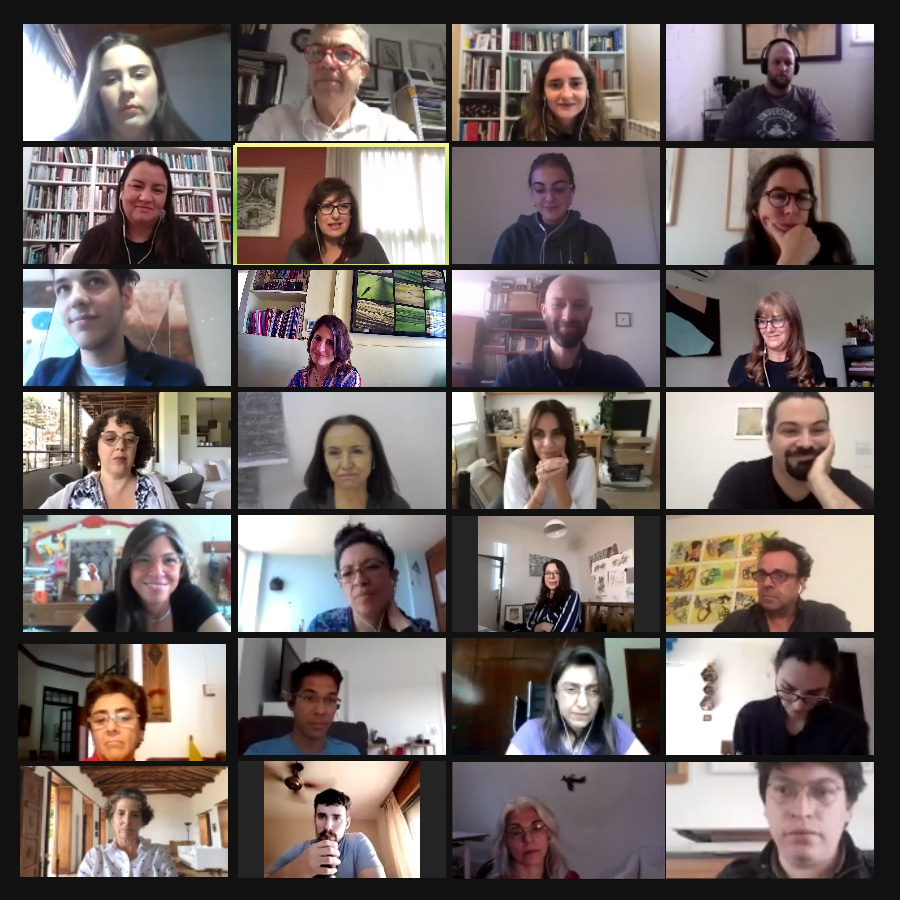Artists
Brazil
Vanessa Freitag
Together Apart: Nest
14.10.20 04.11.20
I investigate the textile language and its possibilities for the creation of sensory objects that occupy space. I intend to stimulate a range of senses, both tactile and visual, and in some way, evoke the flora and fauna of my country of origin, as well as the environment in which I currently reside.
I want to create a type of symbiosis between my memories of the past and the experiences of the present, between the botany of Brazil and that of Mexico. And at the same time, make visible the tensions that I observe between manual and emotional work, between the sense of belonging and uprooting. The result is the creation of beings that inhabit a space and whose creation process allows me to generate a sense of attachment and familiarity towards the place that my body inhabits.
VANESSA ABOUT TOGETHER APART: NEST
I wanted to explore my surrounding space and see what nests I could find or make in nature: I built nests for lifeless bodies. In the sequence and mediated by teamwork, I explored the idea of ”discomfort” caused by the situation of being forced to stay protected in our nests. Finally, I envisioned a utopian nest: I saw our collective nest, planet Earth, without humanity. Then, micro-nests begin to form by chromatic affinity, from the vestiges left by the human being himself: ceramics, seeds, plastic, clothing …
BIO
Vanessa Freitag
1982 | Santa Rosa, Rio Grande do Sul, Brazil
Lives in León, Guanajuato, Mexico
STUDIES
2004 | Graduate in Plastic Arts, Universidade Federal do Santa Maria, RS, Brazil
2005 | Bachelor of Arts and Education, Universidade Federal do Santa Maria, RS, Brazil
2006 | Speciality (Diploma) in Art and Visuality with an emphasis on Visual Poetics, Universidade Federal do Santa Maria, RS, Brazil
2008 | Master of Education, Universidade Federal de Santa María, RS, Brazil
2012 | PhD in Social Sciences, with emphasis in Social Anthropology from CIESAS Occidente, Guadalajara, Mexico (Conacyt Scholar)
EXHIBITIONS
2020 | Pequeno Jardim Simbiótico, Virtual Gallery of Latin Artists Galeria, Rio de Janeiro, RJ, Brazil, Curated by Paulo Farias (individual)
2020 | Topiarius, Untitled Gallery, San Francisco, California, USA, Curated by Ernesto Quintanilla (individual)
2020 | O Jardim, Dos Topos Gallery, León, Guanajuato, Mexico (individual)
2020 | International Biennial of Miniature Art – (BIAMT), Timisoara, Romania (Collective)
2020 | Radical Tenderness, Dos Topos Gallery, León, Guanajuato, Mexico, Curated by Ixchel Ledesma (Collective)
RESIDENCIES
2020 | Together Apart, Proyecto ´ace, Bs As, Argentina
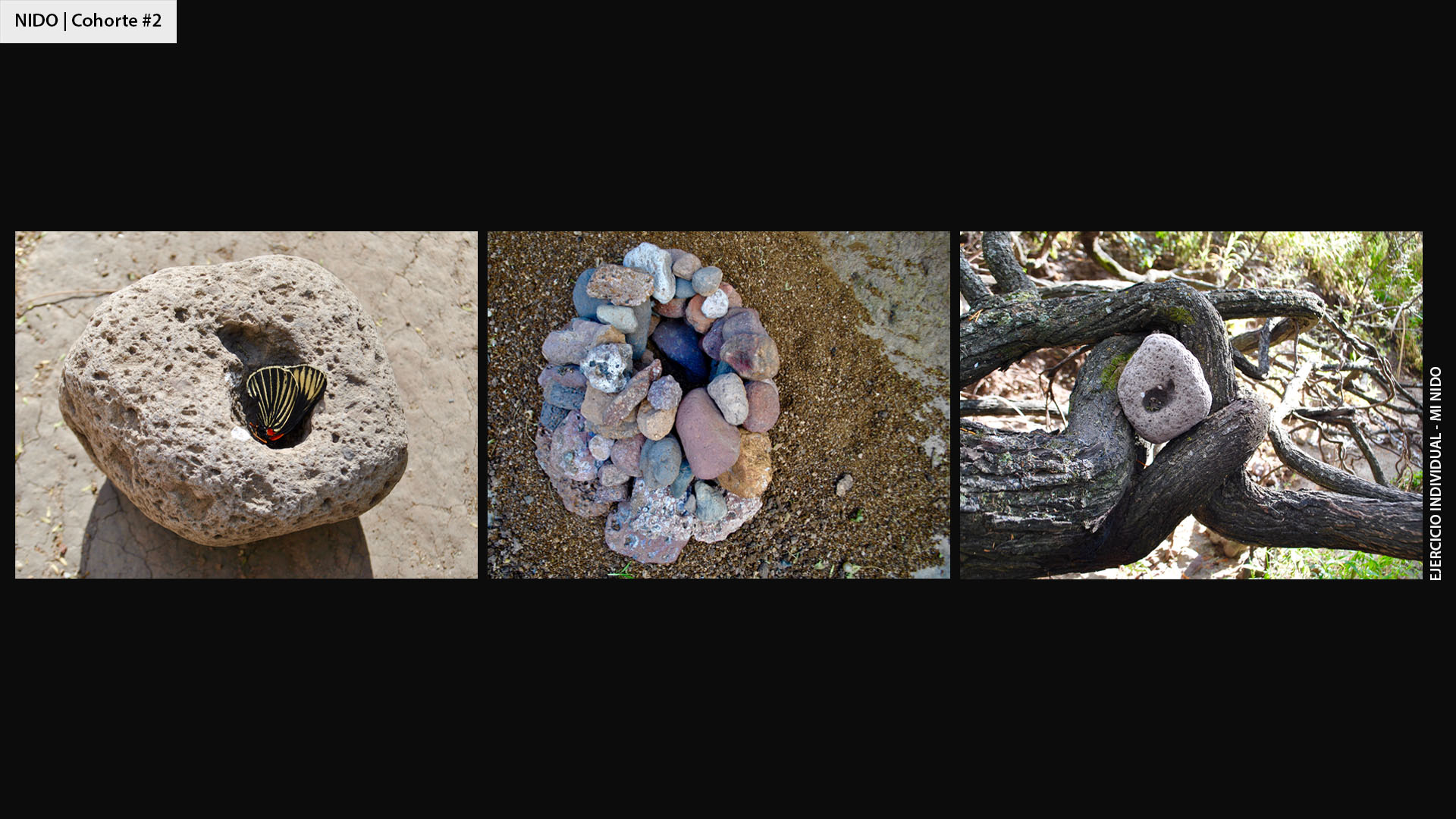

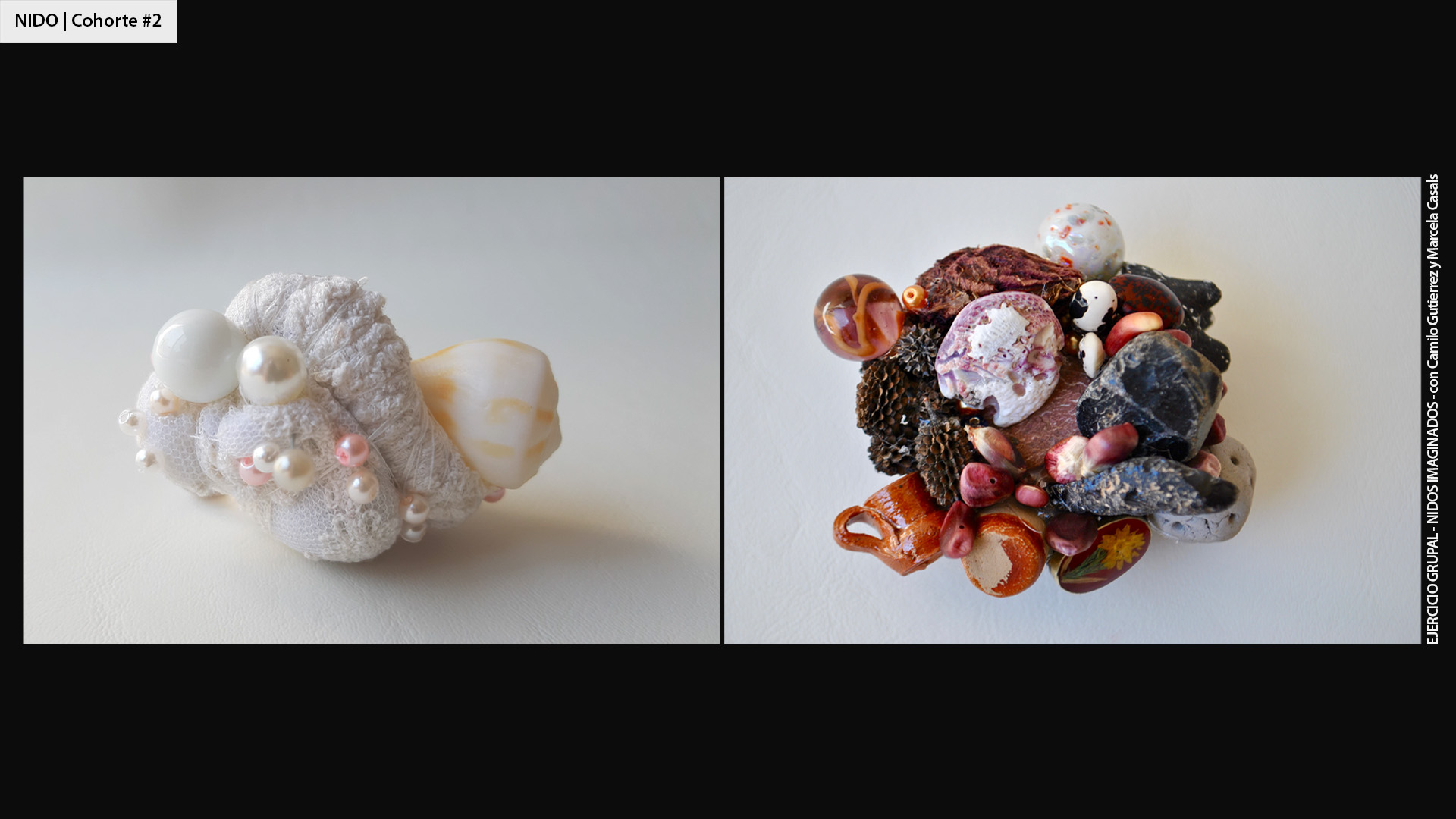
Related Activities
Exhibitions, Together Apart
#2 | NEST: results
Artists in dialogue
09.12.20
During 2020, we carried out the first two sessions of Together Apart. The first session took as a conceptual and practical framework the REFUGE and the second, the NEST. Through those starting points, both of which refer to caring atmospheres and structures for coexistence, we were able to think and create in a wide variety of directions and layers. We reflected on our pandemic context, a situation for which we had to find ourselves in the virtual non-space, but also a situation thanks to which people from many different countries were able to work simultaneously. Assuming this complex situation, more than 20 participants per session created new pieces –some in exercise format–, took up projects that they had already worked on in the past or collectively set out to create new projects that will continue to develop beyond the scope of our meetings. This exhibition, virtual as well, reflects what the artists produced during this program.
CURATORIAL ESSAY
by Daniela Ruíz Moreno [Curator-in-residency]
Taking these refuge and nest issues also in their complexity, we asked ourselves questions that made each of the participants involve their personal experiences, memory, memories and experiences from each of their territories. We addressed questions that sought to keep us in constant movement; at times we went through very optimistic or pessimistic visions about the possibility or necessity of having a shelter or a nest, and at other times, we were able to articulate more complex visions, enduring in intermediate and liminal states. For both, we took as a theoretical structure of support and dialogue the thought of Félix Guattari presented in The Three Ecologies (1989). His ethical-political approach that highlights the molecular domains of sensitivity, intelligence and desire, as well as his articulation of the three ecological registers (environment, social relations and human subjectivity), helped us to expand our creations and thoughts in relation to shelter and nest.
During the second session –nest– the gaze towards natural structures was also very present. We watched and learned about different types of nests made by birds or protective structures for other animals. We thought of the house and the workshop as nests. The diversity in age and origin of the artists allowed a great richness of reflections on different states in relation to the nest. We spoke of nests from the past, nests that we are building in the present, nests that are no longer nests since they oppress or suffocate and of new nests that we imagine or wish to build in the future. Projects were presented that included the use of organic materials, creations with what was available in the workshop, project of shared files, new photographic views on everyday life, new views on the past and even reflections on language as a generator of identity as well as limiting structure. We went through different sensations in relation to the nests, some presented it as an impossible state to reach, others as a space full of melancholy and others, instead, as structures of freedom where we could explore the becoming of existence. Other works presented the feelings of paranoia that can arise when human nests or states of refuge are threatened and the feelings of discomfort when it feels like losing the intimate conditions of a nest.
Together Apart has functioned as a program that opened up possibilities for meeting and collaborative creation. It has made possible the creation of new rhythms and synchronies for a limited time but whose reverberations and echoes continue to affect in unexpected directions.
Related artists
- Gabriela Agüero
- Pilar Aparicio Uribe
- Richard Aponte
- Alejandra Basañes
- Carla Beretta
- Marcela Casals
- Renny J. Castillo Umpierre
- Carmen Díaz
- Yessica Díaz
- Isa Duarte
- Vanessa Freitag
- Camilo Gutiérrez
- Helena Kanaan
- Denise Koziura
- Jociele Lampert
- Cecilia Luque
- Carlos Marin
- Faustino Mercadal
- Laura Romero
- Nerina Rosende
- Alejandro Scasso
